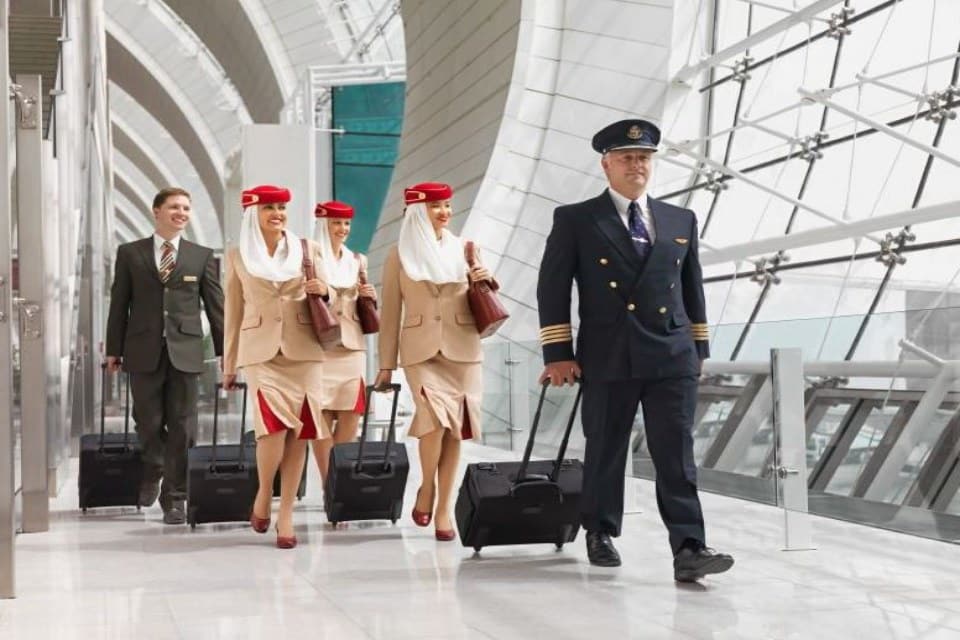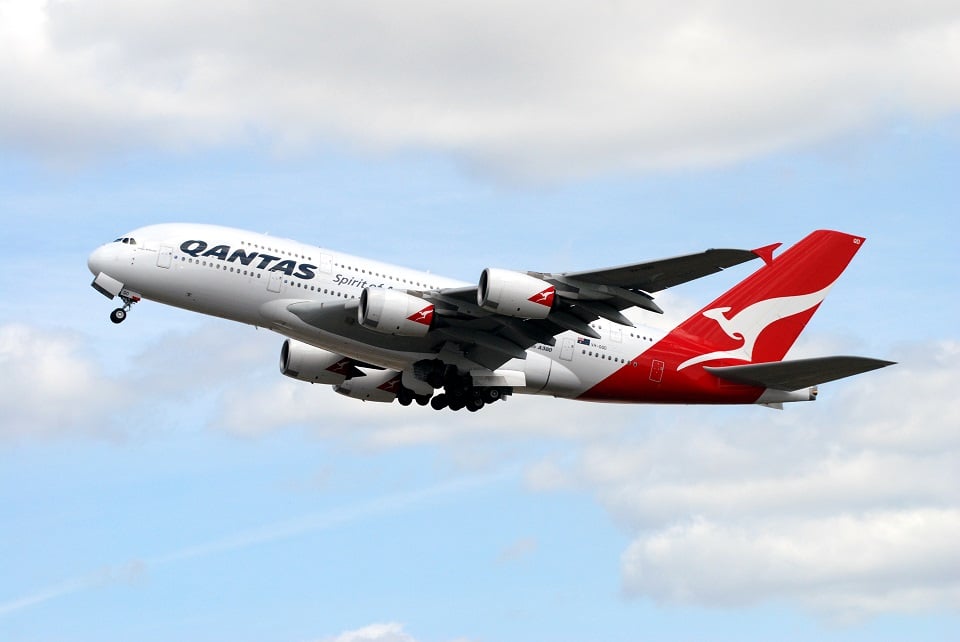Aviation
Boeing Anticipates Significant Demand for Pilots, Technicians, Cabin Crew in Middle East

Boeing [NYSE: BA] reports that over the next 20 years the Middle East will see significant demand for commercial airline pilots, technicians and cabin crew, accounting for 10 percent of the overall global need for pilots and technicians and 12 percent of cabin crew.
The 2017 Boeing Pilot & Technician Outlook, an industry forecast of aviation personnel demand, saw an increase in the forecast over last year, with pilot demand increasing to 63,000 (an 8.6 percent increase) and cabin crew demand increasing to 96,000 (a 4.3 percent increase). While anticipated overall global demand for technicians dropped 4.6 percent from last year, anticipated demand for technicians in the Middle East remained steady at 66,000.
With new airplane deliveries to the region forecasted to be split nearly 50-50 between single-aisle and twin-aisle airplanes, there is a similar split in anticipated personnel demand. Nearly half of new pilots and technicians will be needed to support single-aisle airplanes, and the other half will be needed to support twin-aisle airplanes. The split for cabin crew, however, is more heavily weighted toward twin-aisle airplanes due to regulations that require more cabin crew to staff larger airplanes.

Aviation
Lost Tool Found in Qantas A380 After 34 Flights

An Australian Transportation Safety Bureau (ATSB) investigation recently revealed that a Qantas A380 operated 34 flights with a 1.25-meter nylon tool lodged in one of its engines.
This turning tool, used during borescope inspections to rotate the intermediate-pressure compressor, was left behind during scheduled maintenance at Los Angeles on December 6, 2023. It remained inside the engine until it was discovered by maintenance staff during a subsequent check at Los Angeles on January 1, 2024.
China Takes the Lead in Sixth-Generation Fighters with White Emperor B
The ATSB report highlights two critical lapses. First, maintenance engineers failed to notice the tool during final checks for foreign objects after the borescope inspection. Second, the lost tool procedure was not activated when the tool was identified as missing.
The certifying engineer ultimately cleared the aircraft for service without accounting for the misplaced tool. During the time qantas films the tool was inside, the A380 completed 34 flight cycles, accumulating nearly 294 hours without any noticeable effect on engine performance.
Although the tool was deformed by high-energy airflow within the engine, there was no reported damage to the engine itself. ATSB Chief Commissioner Angus Mitchell commented.
India’s C-295 to Gain Advanced Weapons for Maritime Surveillance
“This incident underscores the importance of following established maintenance protocols. Engineers missed the tool during foreign object checks, and the required lost tool procedure wasn’t started after realizing the tool was missing.”
Following the investigation, the airline issued a safety directive, urging all engineering and tool storage teams to adhere strictly to these protocols to prevent similar incidents in the future.
A qantas spokesperson stated, “While the tool didn’t impact engine performance, we take this incident very seriously. It is critical to follow the correct lost tool procedures.”
-

 Aviation2 months ago
Aviation2 months agoBoeing confirms 797: A New Era for Mid-Size Aircraft
-

 Aviation2 months ago
Aviation2 months agoMicrosoft Flight Simulator Raises $3 Million to Bring Back the An-225 Mriya
-

 Aviation2 months ago
Aviation2 months agoLockheed and Tata Team Up to Build C-130J MRO Facility in India
-

 Airlines2 months ago
Airlines2 months agoQantas Engineers Stage Walkout Over Cost of Living Concerns
-

 Airlines2 months ago
Airlines2 months agoQatar Citizens Can Travel to the United States Without a Visa
-

 Aviation2 months ago
Aviation2 months agoBoeing Offers 25% Pay Increase & Promise to Build Next Plane in Seattle
-

 Aviation2 months ago
Aviation2 months agoQatar Airways bans these new Electronic Devices on plane
-

 Airlines2 months ago
Airlines2 months agoEmirates Ends 28-Year Singapore-Melbourne Fifth Freedom Route








